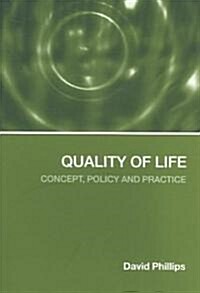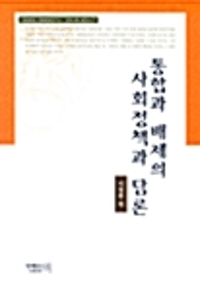
Quality of life: concept, policy and practice
- 개인저자
- David Phillips
- 발행사항
- New York, NY : Routledge, 2006
- 형태사항
- xii, 276p. ; 23cm
- ISBN
- 9780415323550
- 청구기호
- 334.1 P558q
- 서지주기
- Includes bibliographical references
소장정보
| 위치 | 등록번호 | 청구기호 / 출력 | 상태 | 반납예정일 |
|---|---|---|---|---|
이용 가능 (1) | ||||
| 1자료실 | 00013061 | 대출가능 | - | |
- 등록번호
- 00013061
- 상태/반납예정일
- 대출가능
- -
- 위치/청구기호(출력)
- 1자료실
책 소개
Quality of life is one of the most important issues facing the world today and is central to the development of social policy.
This innovative book discusses this crucial topic, assessing the criteria for judging attempts to raise quality of life, including the satisfaction of basic and social needs, autonomy to enjoy life and social connectivity. It considers key topics such as:
- individual well-being and health-related quality of life
- human needs - living fulfilling and flourishing lives
- poverty and social exclusion
- social solidarity, altruism and trust within communities.
Quality of Life is the first systematic presentation of this subject from both individual and collective perspectives. It provides a powerful overview of a concept which is becoming increasingly prominent in the social sciences and is essential reading for students of social policy, sociology and health studies.
This book looks at subjective and objective individual well-being and family, community and social life, relating quality of life to other contemporary concepts such as social capital, social inclusion and health inequality and sets them in an international and global perspective.
목차
1. Introduction and Overview 2. Quality of Life and the Individual 3. Health-Related Quality of Life 4. The Social Context - Utility, Needs, Prudential Values and Capabilities 5. Poverty and Wealth, Inclusion and Exclusion - Social Processes and Social Outcomes 6. Communities and Quality of Life - Social Capital and Social Cohesion 7. Societal Quality of Life Constructs 8. Healthy Societies - Quality and Quantity of Life 9. Conclusions Appendix Bibliography




